What is the tolerance range of precision screws?
What is the tolerance range of precision screws?
Service Hotline
+86760-8787 8587We have more than ten years of experience in screw industry production, the main products are: square nuts, aluminum open round head rivets, fasteners non-slip hexagon bolts, butterfly washers, hollow rivets, countersunk head cross hand screw bolts, metric hexagonal thin Nuts, 304 fine thread bolts, galvanized flat head rivets, stainless steel flat washers, blackened metal hexagonal flange lock nuts, GBT carriage machine bolts, cylindrical screw caps, plate spacer studs, step double-layer large flat head Fasteners such as screws, due to the different materials and specifications of the products, the prices are also different, please contact us if necessary.


The installation of the pressure riveting nut is exquisite. If the installation method is not correct, the riveting will not be firm after the pressure riveting. For example, one of our customers reported that the nut would fall off after riveting. Our technicians found that many customers hit it with a hammer or other impact methods, because the installation method of the riveting nut will cause pressure. The uneven force of the rivet nut seriously affects the riveting effect. It looks like it is pressed in on the surface, but in fact, the flower teeth of the rivet nut are not riveted with the plate at all, so it is definitely not riveted. To install the rivet nut, you must use special installation equipment, or simply install it with a press and stamping equipment (generally factories will have these simple equipment).
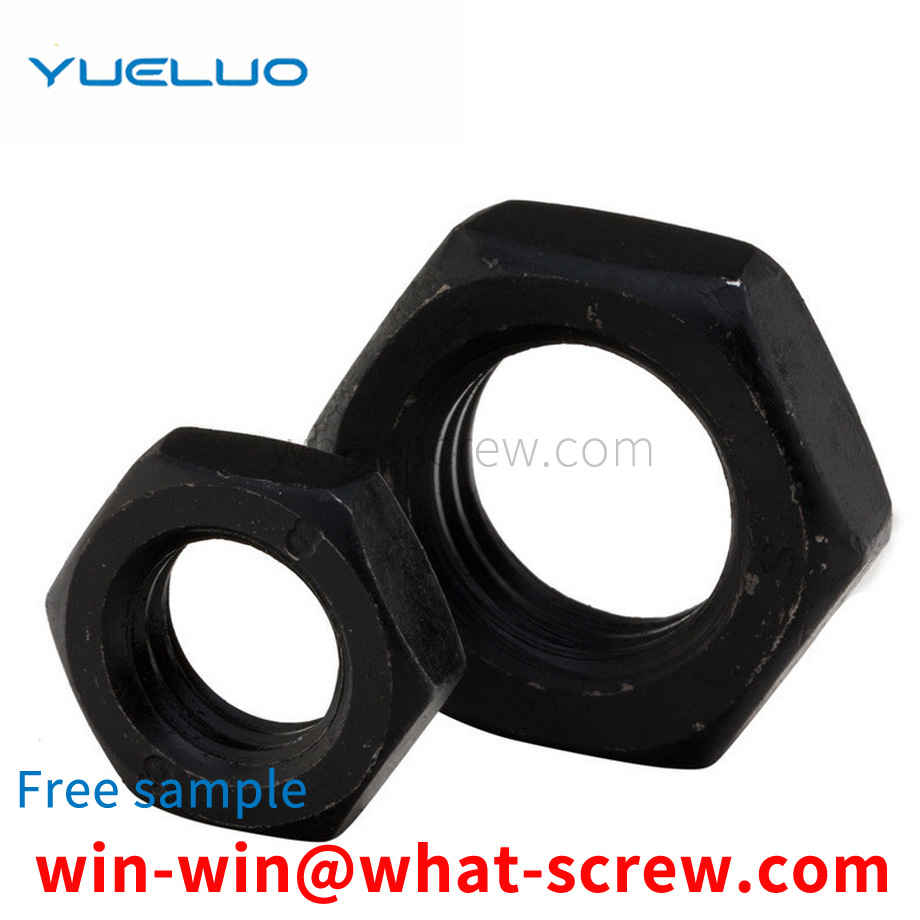
(1) The screw-in performance test is to screw the self-tapping locking screw sample into the test plate until one complete thread completely passes the test without breaking. (2) The destructive torque test is to clamp the stem of the self-tapping locking screw specimen in a thread mold or other device that matches the screw thread, and uses a calibrated torque-measuring device to measure the screw. Torque is applied until fracture, which should not occur in the clamped threaded portion. (3) Carry out a tensile test on the screw sample to check the minimum tensile load for failure. The fracture should be within the length of the rod or the unthreaded thread, and should not occur at the junction of the nail head and the rod. Before the sample breaks, it should be It can reach the minimum tensile load specified by the corresponding performance class. (4) Hydrogen embrittlement is a problem that must be strictly paid attention to in the surface treatment process of self-tapping locking screws. In the pickling process, the screw is stirred in dilute hydrochloric acid, and the amount of hydrogen absorbed by the pickling steel increases linearly with the square root of time and reaches the saturation value. Less than 100%, a large number of hydrogen atoms will be produced, which will be attached to the surface of the screw, resulting in hydrogen infiltration, and the steel will become brittle due to the absorption of hydrogen. The self-tapping locking screw takes 6~8h to drive hydrogen, and the temperature is 160~200℃ (phosphating) and 200~240℃ (electroplating). However, in the production process, the hydrogen drive time should be determined according to many production conditions such as core hardness, surface roughness, electroplating time, coating thickness, pickling time, and acid concentration. It is best to do it before passivation and just after electroplating.
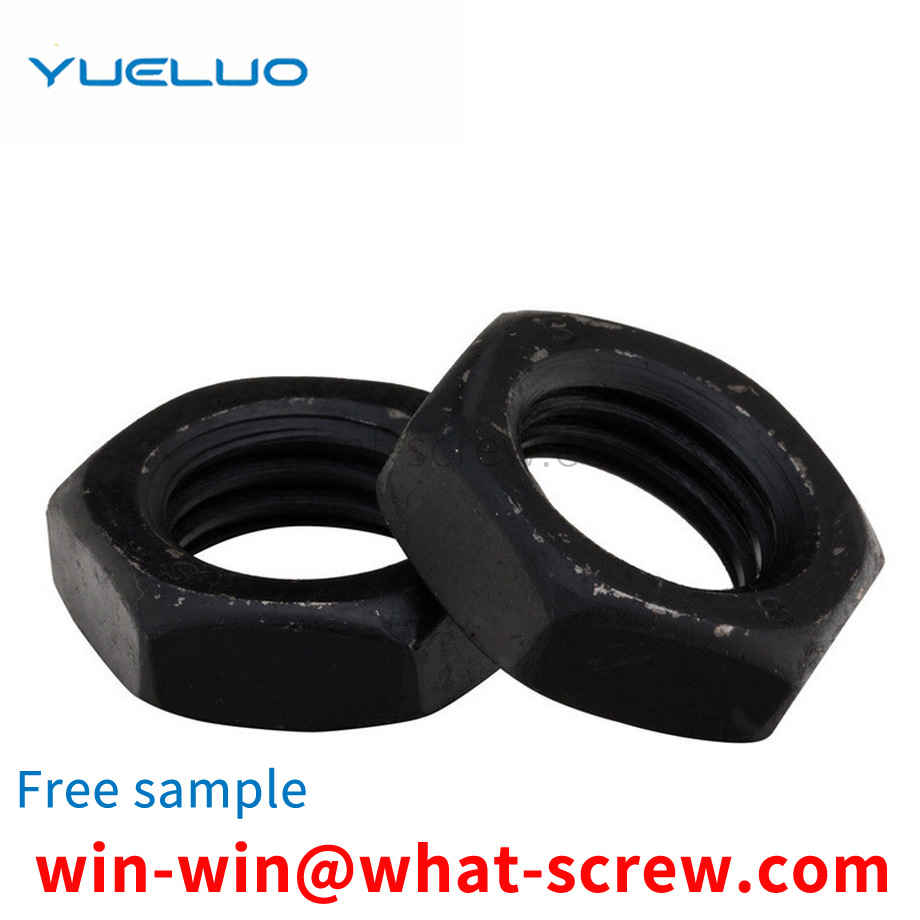
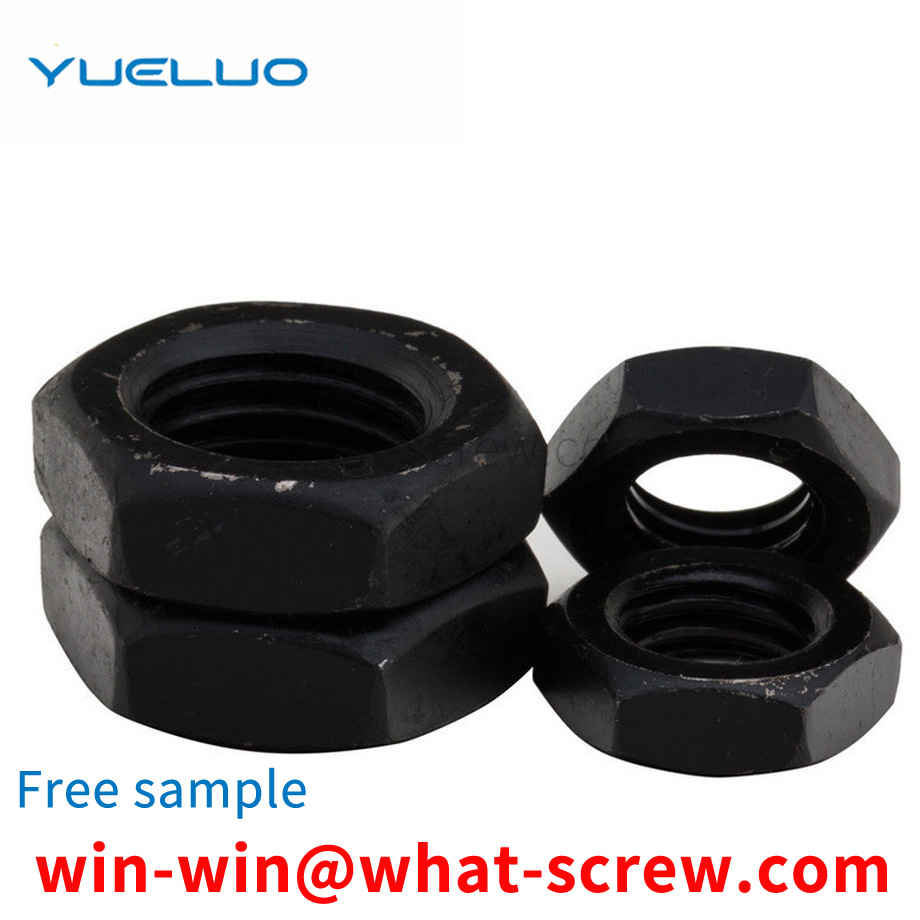
lead screw nut is provided with a through hole in the center for the screw rod to pass through, the surface of the through hole is provided with a screw thread engaged with the thread on the outer surface of the screw rod, and the surface of the through hole of the lead screw nut is provided with a thread along the surface of the through hole. The oil storage groove in the axial direction, the depth of the oil storage groove is greater than the depth of the thread.
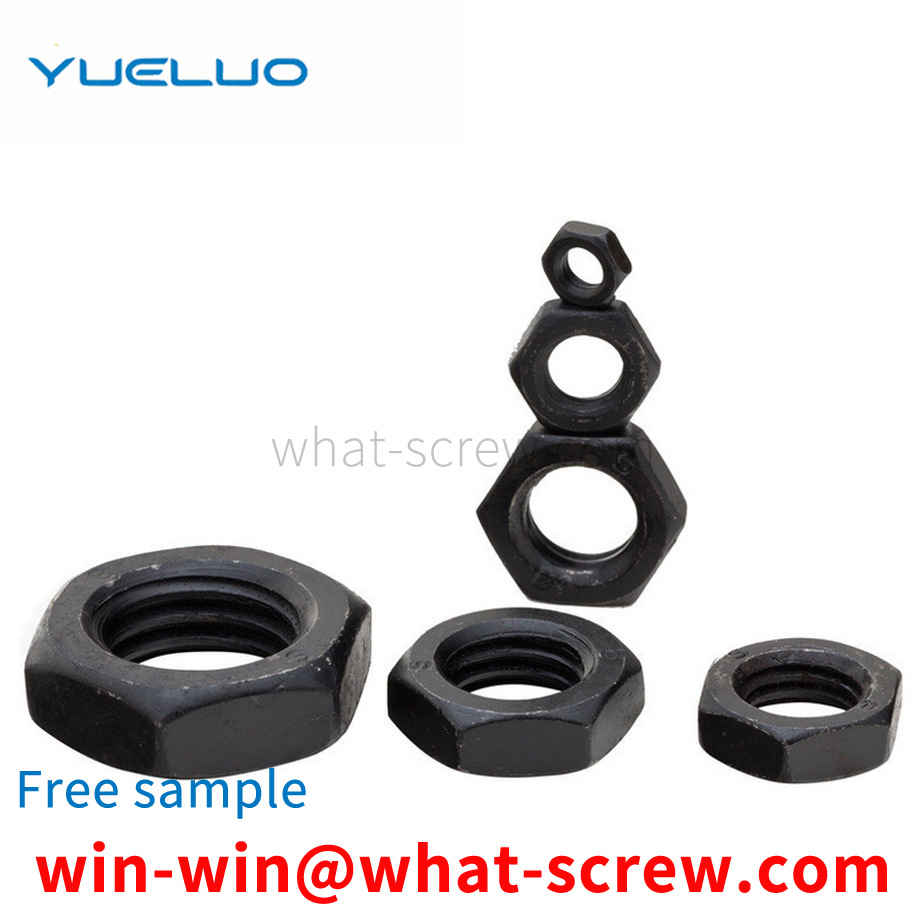
screw is a tool that uses the physical and mathematical principles of the circular rotation and friction of an object to fasten the parts of the object step by step. Since the parts to be fixed are different, different types of screws are required for different applications. Press screw is a new type of fastener applied to thin plate or sheet metal. The principle is to press the embossed teeth into the preset holes of the sheet metal. The diameter of the general preset holes is slightly smaller than the outer diameter of the pressure riveting screw. The periphery of the hole is plastically deformed, and the deformed object is squeezed into the guide groove, thereby producing a locking effect. However, the existing pressing screws are easy to loosen due to long use time or frequent vibrations, which is prone to certain hidden dangers.
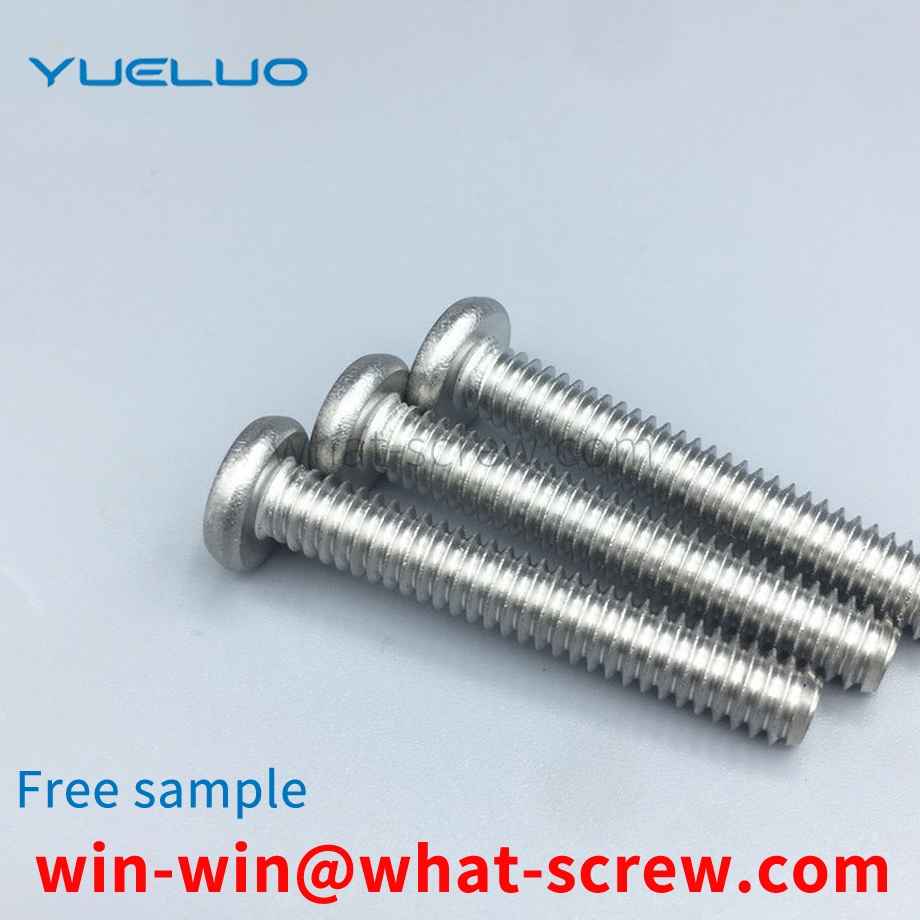
The above content is uploaded by Yueluo or the Internet. If there is any copyright issue, please contact [email protected].

What is the tolerance range of precision screws?

How to choose the right stainless steel screw manufacturer?

Why is there an R angle under the head of the hexagon head s...

We have more than ten years of experience in screw industry ...

We have more than ten years of experience in screw industry ...

We have more than ten years of experience in screw industry ...

We have more than ten years of production experience in the ...